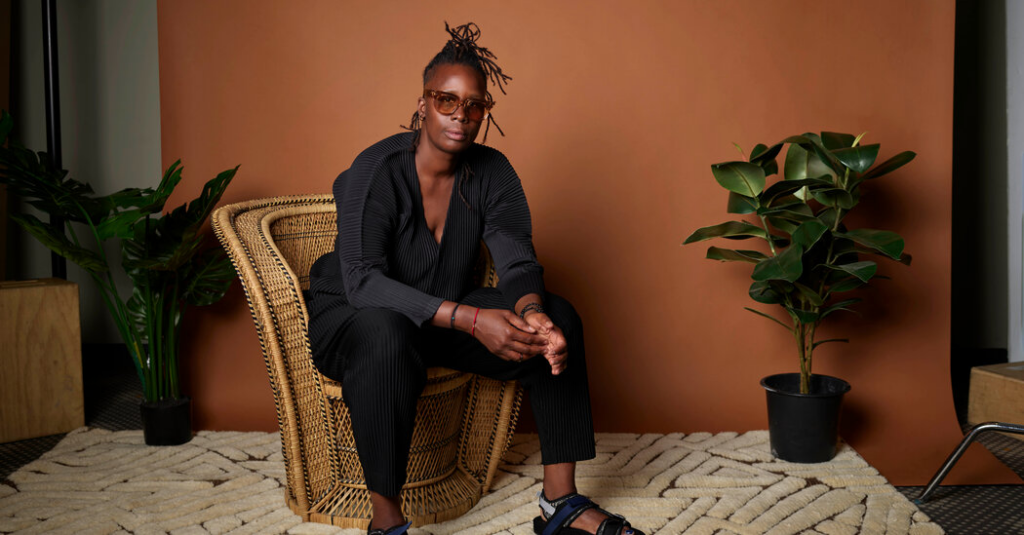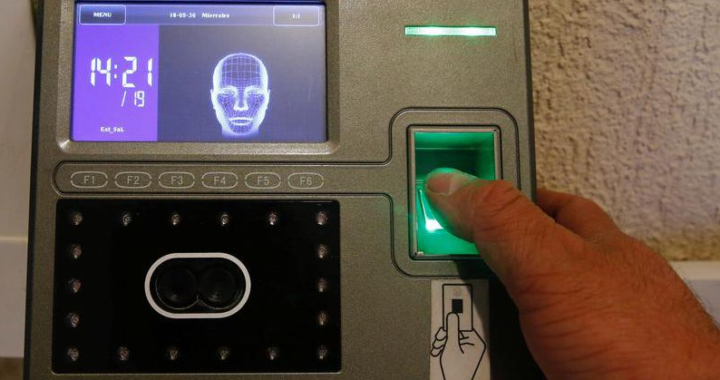Mickalene Thomas Is Reinventing Nudes
3 min read
“Camden’s not an easy place to break from,” Thomas, who goes by Mickey with her friends and family, told me. “I took the first opportunity to get out without hesitation.” She dropped out of high school at 17 and followed a girlfriend home to Portland, Ore. The girlfriend was five years older than her and Filipina; they met while working at a restaurant, where Thomas bused tables and the girlfriend was a hostess. In Portland, they lived with the girlfriend’s parents — “we were on the D.L.,” Thomas said with a laugh — and Thomas finished high school. She initially thought she wanted to pursue art therapy, or maybe interior design, but a fateful early-1990s viewing of Carrie Mae Weems’s “Kitchen Table Series” — in which Weems plays, and plays with, different roles of Black womanhood in the traditionally gendered family space — put her on the path to art school. She returned to the East Coast and enrolled at Pratt for her B.F.A. There was another reason to move back, too: She was ready, she said, “not to be in conversations and when people talked about family, for me not to talk about it.” Being closer to home meant she might be able to work on her relationship with her mother.
‘She’s always been very good at taking humble materials and imbuing them with this kind of nobility.’
Though she was inspired by Weems, Thomas initially stuck to painting and abstraction. It was a course requirement for her M.F.A. at Yale that put her behind the camera, where she began photographing Mama Bush. It helped to bring them closer. Thomas also used the camera to investigate herself. A series of paintings and photos in which she appears as Quanikah, a hyper-femme alter-ego, show her trying on ways of being: the Mary J. Blige type, with blond wig; an around-the-way girl with a braided bob; a girlie girl with long acrylic nails and flower clips in her hair. It was an experiment with performance in the tradition of Weems and Cindy Sherman, but it was also the beginning of what would become a long conversation about adornment, presentation and perception.
In another set of paintings, Thomas used her own body as a model. This began with “Origin of the Universe, Part 1,” a piece making reference to Gustave Courbet’s famous 1866 painting “L’Origine du Monde,” a study of a model’s vulva and lower torso. In contrast to the original, Thomas’s figure has brown skin, but her goal wasn’t merely the trick of swapping one hue for another. She applied rhinestones where pubic hair would be and along the folds and crevices of the vulva and inner thighs, so the stones pool and glitter down onto the rumpled sheets beneath — almost like stars, but also suggesting fluid. For all its glitter, it is an altogether more realistic examination of female anatomy in relation to desire, in part because it feels less tidy, its contours less controlled.
Historically, the use of materials like rhinestones in fine art was considered unsophisticated. Thomas has made them her signature by taking them seriously. “When you think of someone like Caravaggio or Hopper, you’re thinking about the light,” she says. “So for me, what is a light source? I’m playing with a different type of light source.” Her use of craft materials for their shine reminds me of African American quilts, like the kind made famous by the quilters of Gee’s Bend, Ala., which utilize fabric scraps to striking textural effect. It also reminds me of my mother and aunties, all of whom liked to shine when stepping out for the night — a nod to a different kind of mastery.





